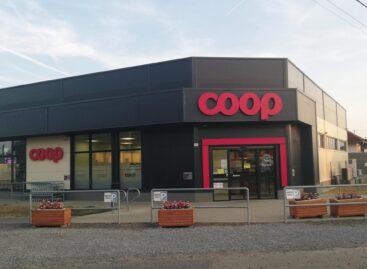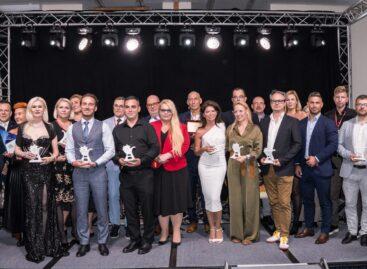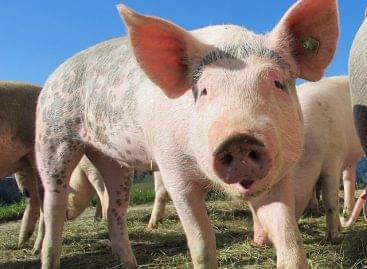Portugal in the forefront of growth
Food retail has been developing at a remarkable rate in Portugal, which was second only to Poland in terms of quantitative growth last year. Sales of FMCG products grew by 4.3 percent in terms of value in Portugal last year compared to 2007. Sales is terms of quantity were up by 7.8 percent. In many regards, Portugal has the worst economic figures among the 15 old EU member states. Jerónimo Martins is the largest retail enterprise in Portugal with net revenues of EUR 6.894 billion, which was 29 percent more than in 2007. 51.2 percent of this was generated by the Biedronka chain , its Polish subsidiary. Jeronimo Martins is also one of the market leaders in Poland, taking second place behind Metro, ahead of Tesco and Carrefour. They had four major projects in 2008. One was the acquisition and integration of 77 Plus stores. 37 units of the Feira Nova mini hyper market chain were turned into Pingo Doce supermarkets. 205 Plus discounts were purchased in Poland last year and turned into Biedronka. The other leading retail chain in Portugal is Modelo Continente, which generated net revenues of EUR 4.22billion, which was 25 percent more than in 2007. The 12 hyper markets purchased from Carrefour made a substantial contribution to this increase. Intermarché, Lidl, and Aldi are among the smaller retail chains in Portugal. Yoghurt, milk and cheese were the largest among the food categories monitored by Nielsen in Portugal last year, with a year on year growth of 4.12 and 14 percent respectively. Regarding sales in terms of quantity, most categories produced growth with the exception of yoghurt, beer and olive oil. Hair care products, washing powder and toilet paper were the leading household chemical categories last year with growth rates of between 2-5 percent. General detergents and shaving products failed to produce growth last year. The FMCG retail business is highly concentrated in Portugal, with supermarkets accounting for 59 percent of food sales (disregarding discounts). The market share of hyper markets dropped from 28 to 26 percent last year, while traditional stores hold a market share of 15 percent.
Related news
Related news
László Pekó: “Coop isn’t just a network, it is a way of life – and has been for 30 years”
🎧 Hallgasd a cikket: Lejátszás Szünet Folytatás Leállítás Nyelv: Auto…
Read more >Winners of the 2025 Retailer of the Year award announced
🎧 Hallgasd a cikket: Lejátszás Szünet Folytatás Leállítás Nyelv: Auto…
Read more >K&H: significant price drop in the pork market
🎧 Hallgasd a cikket: Lejátszás Szünet Folytatás Leállítás Nyelv: Auto…
Read more >



